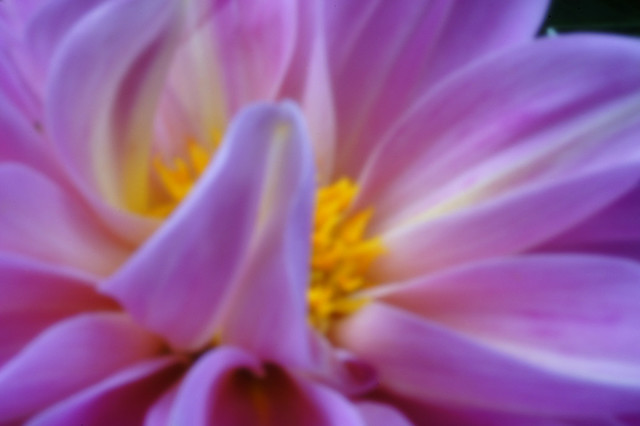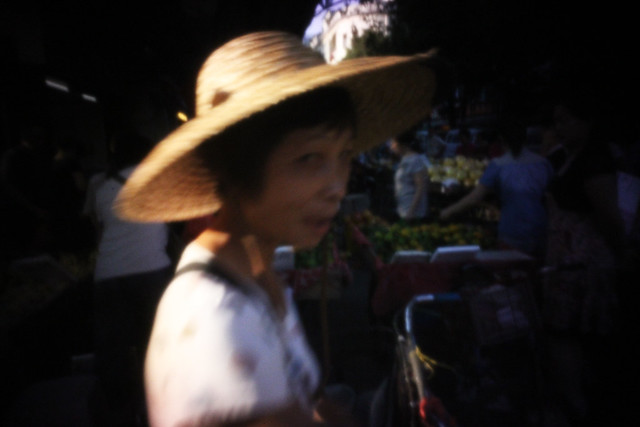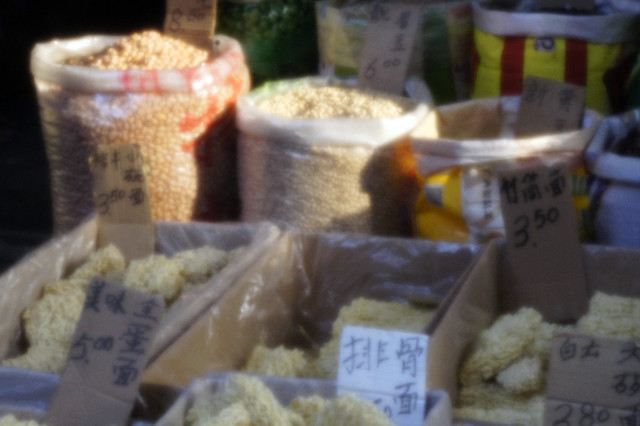・・tremendously creative ・・modular ・・valuable ・・versatile ・・
Fascination Pinhole Imaging
The Skink Pinhole Pancake System is the ideal addition to your camera and offers new creative opportunities to the photo enthusiast. Pinhole disks, zone plates or zone sieves – also in combination with suitable filters can easily be swapped and installed between the retaining rings in the center of the Pancake lens. Since antiquity the principle of pinhole imaging has fascinated and inspired people. Most likely it happened by coincidence that somebody in a dark room or cave, from where the term camera obscura came, noticed a projected image of the outside world which travelled through a small hole in the wall. A magic moment ! So it was reported by Mozi (墨子 – 470-391 BC) who wrote down his observations. In the same way, Greek philosopher Aristoteles (384-322 BC) observed this phenomenon while watching a solar eclipse. Later it was the Basra-born physicist Alhazen ( ابو علي، حسن بن حسن بن الهيثم 965-1039) who built the first pinhole camera which he called “Quamara”, although this apparatus lacked the capability of making permanent photographs. In the renaissance inventor and artist Leonardo da Vinci (1452-1519) devoted a lot of his time to investigate the pinhole principle. Several blue prints and drawings of pinhole imaging devices were created by him. He invented those “image-recording tools” for the purpose of drawing projected pinhole images on canvas. Many famous creations of Flemish painter Jan van Eyck (1390-1441) are believed to have been created with the help of a pinhole camera.
Discover new ways of seeing with a pinhole camera
Only in the middle of the nineteenth century it became possible to render images permanently on light-sensitive material. Today the medium “film” is being joined by cameras with digital sensors which are equally useful to express old and new ways of seeing by using the archaic way of pinhole imaging creatively. The longer the exposure, the more “space and time” seem to get merged in an image. Busy buildings or public places suddenly appear to be deserted – perhaps a transparent shadow tells that there must have been somebody for long enough to be captured by the camera. The factor “time” makes rough waves appear smooth, surfaces of water slowly get transformed into a resting mirror. Discover new ways of seeing with pinhole photography, experiment with unconventional purist techniques. Whether rangefinder, DSLR / SLR, medium format, large format or DIY pinhole camera – for many types of camera there is a suitable Skink Pinhole Pancake™ with exchangeable pinholes, zone plates or zone sieves available. The Skink Pinhole Pancake System is the ideal addition to your camera and offers new creative opportunities to the photo enthusiast. Pinhole disks, zone plates or zone sieves – also in combination with suitable filters can easily be swapped and installed between the retaining rings in the center of the Pancake lens. Depending on the desired effect, you can use your camera as a pinhole-, zone plate- or zones sieve camera. To a high degree the installed aperture determines how your vision is creatively interpreted in rendering an image. The traditional pinhole creates relatively sharp images with exposure times ranging from one second to several minutes. With a zone plate or zone sieve however, photos can be taken without a tripod, if the lighting conditions permit higher speeds.
 |
How to use the Skink Pinhole Pancake
Installing the pancake – DSLR
The Skink Pinhole Pancake is available for various camera systems. Install the pancake into your SLR / DSLR camera as follows:
- – use a matchstick or stylus pen to gently open the retaining ring of the pinhole pancake lens (turn anti-clock-wise)
– avoid using metal tools which could cause scratches
– insert the pinhole or zone-plate aperture disk – close the retaining ring
– switch your camera off – mount the pancake lens into the bayonet mount of the camera body
– switch camera on – set to ISO 200 – set camera to manual mode
– select 1 second exposure time on a sunny day
– adjust exposure time from there
With the latest digital cameras you can use [A] Aperture Priority, where the camera adjusts the exposure time automatically.
Zone Plate and Zone Sieve photos
Using a pinhole aperture
When taking pinhole photos with a film camera it should be placed either on firm ground or on a tripod, because the amount of light traveling through the little hole is not enough to allow short exposure times. It is also recommended to attach a rubber eye-cup to the viewfinder to block out unwanted light when composing the image. To avoid that the camera is shaking during exposure, either attach a wire-release or use the camera’s own timer to open the shutter. In low-light situations like in the late afternoon, at night or in the interior of buildings a wire release which supports “bulb-mode” is highly recommended, because the required exposure times can easily reach several minutes to an hour, depending on the available light type of camera used. With current digital camera models and good light, hand-held pinhole photography is possible and you don’t need a tripod.
Pinhole Panning with the Skink Pinhole Pancake
What is panning in photography? The idea is that you follow your moving subject with the camera using a relatively slow shutter speed. The aim is to render the subject sharp against a blurred background. Ideally the movement of the camera is matching the speed and direction of the subject. Focussing is done either by the auto focus tracking of your camera or by manual, estimated focus setting. When taking pictures of moving people, the typical exposure time ranges between 1/10 and 1/60 seconds. Pinhole photography is all about long exposure times. Now, how about pinhole panning? Yes, current light-sensitive digital camera models with a extended ISO range and a shorter focal length make it now possible. Just mount the Skink Pinhole Pancake on your camera and adjust the ISO value to allow exposure times in the above mentioned range. Thanks to the pancake’s unlimited depth of field, there is no need to focus the distance. You are free to focus your attention the the moving subject. Have fun!
Calculating the optimal pinhole size
Historically there have been many different formulas for the calculation of the optimal pinhole size. In all formulas it is assumed that “optimal” renders the sharpest possible image. Skink Pinhole Pancake apertures are calculated in accordance with the formula established by the British Nobel Prize winner Lord Rayleigh. This formula seems to be widely accepted by pinhole photographers.

Lochblenden nach Brennweite
Apertures according to focal lengths
60mm 65mm 70mm 80mm 90mm 100mm 105mm 110mm 125mm 135mm 140mm 150mm 160mm 180mm 200mm 210mm 240mm 260mm 280mm 300mm 360mm 410mm
Die gewählte Brennweite (Abstand zwischen Film und Lochblende in mm) ist maßgebend für den resultierenden Bildwinkel. Je kürzer die Brennweite, desto weiter der Blickwinkel. Anhand der Tabelle können Sie vergleichen, welchen Blickwinkel Sie mit gleicher Brennweite auf den verschiedenen Filmformaten erhalten. Die Größe der Lochblende richtet sich immer nach der Brennweite. Das gleiche gilt für die Berechnung der Zonenplatten und Photonensiebe. Lochblenden in einer bestimmten Größe lassen sich, ohne nennenswerte Veränderung der Bildqualität, über einen gewissen Brennweitenbereich einsetzen. Mit den Größen 0.3, 0.4, 0.5 und 0.6mm können fast alle Bereiche zwischen Weitwinkel und Tele erfassen abgedeckt werden. Zonenplatten und Photonensiebe hingegen, sollten exakt auf die jeweilige Brennweite abgestimmt sein.
The selected focal length (distance between sensor / film and pinhole aperture in mm) determines the resulting angle of view. The shorter the focal length, the wider the angle of view. With the above table you can compare how wide a view you can obtain with with varying distances and film formats. The size of the pinhole aperture is always linked to the focal length. The same applies to the design of zone plates and zone sieves. Pinhole apertures in a given size can be used over a range of focal lengths without degration of image quality. With sizes 0.3, 0.4, 0.5 and 0.6 all ranges between wide-angle and tele photography can be covered. Zone plates and zone sieves however, should always match their calculated focal length as close as possible.
Pinhole Movie Making with the Skink Pinhole Pancake
modern DSLR cameras allow you to make movies. Instead of attaching a glass lens, you can also use our Skink Pinhole Pancake pinhole lenses instead.
Canon EOS M samples
- No photos found. Check your ID.
Moving subjects
Do you need help ? Just leave a message here:
|
|

sicher bezahlen / secure payment:
Banküberweisung / Bank Transfer (IBAN / BIC / SWIFT)
Deutsche Bank Privat- und Geschaeftskunden AG






























































One Response to getting started with the Skink Pinhole Pancake™